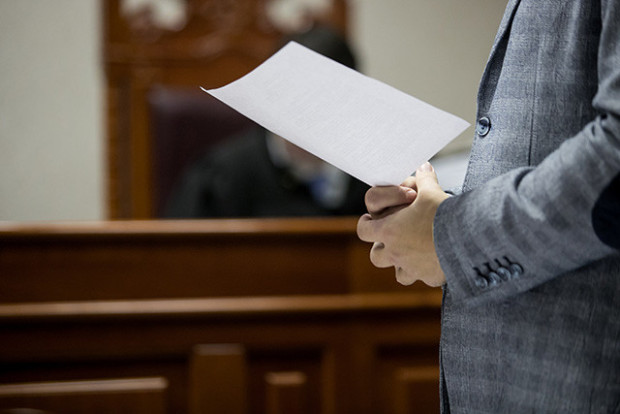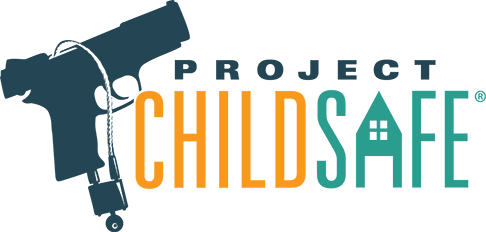Search
Cart
There are no items in your cart.
Login
BEHIND THE RITTENHOUSE VERDICT

The August of 2020 witnessed a shocking eruption when Illinois-based teenager, Kyle Rittenhouse, found himself amidst a situation that sent seismic shockwaves through the media. It stirred up intense deliberations concerning self-defense, individual discernment, and societal obligation. The tumultuous event in Kenosha, Wisconsin, incited by the police firing of Jacob Blake, had Rittenhouse in its vortex. He opted to arm himself with a semi-automatic rifle and dared to tread into the turbulence. His objective was to unsolicitedly secure and guard property amidst the pandemonium. This perilous move eventually saw him standing before the court, facing severe accusations, among them, first-degree intentional homicide.
Diving into this scenario plunges us into a convoluted territory speckled with controversial subjects – self-defense, personal miscalculations, societal discord, and the collapse of systems. Incontestably, Rittenhouse exerted his right to self-defense during the night of the incident. He faced an attack and amidst the ensuing bedlam, utilized his weapon, leading to the tragic demise of two persons and injury to another. Legal statutes permit the use of force when an individual reasonably discerns imminent death or severe bodily harm as a potential threat. Consequently, all the components for Rittenhouse's self-defense claim stood firm.
The people who Rittenhouse retaliated against were active contributors to the chaos, engaging in aggressive acts that heightened to the point of risking his life. They were not mere onlookers, but active constituents of a volatile environment where violence was an inevitable certainty. Their decisions on that fateful night had devastating outcomes.
However, a critical query lingers: should Rittenhouse have been present in that scenario? His right to self-defense is indisputable, but his choice to step into an anarchic situation armed with a rifle signifies a significant error in judgment. This decision speaks volumes about his lack of foresight and naïveté, though his individual misstep didn't occur in isolation.
The unfortunate event unfolded against a grand canvas of considerable societal turmoil and systemic breakdowns. In a time of dire need, the police, the body trained and equipped to uphold peace and order, seemed conspicuously absent. This lack of authority resulted in a void that individuals like Rittenhouse felt obliged to fill, ill-equipped as they may have been for the fallout. When protests morph into riots and unchecked looters and aggressors rampage, the fragile boundary of order dissipates.
The designed purpose of government and law enforcement bodies is to safeguard communities, preventing disorder from spiraling into bedlam. Their perceived failure during the Jacob Blake protests in Kenosha is a blatant problem that cannot be overlooked. By seemingly surrendering to the chaos rather than preserving order, these institutions inadvertently thrust regular civilians like Rittenhouse into extraordinary situations. A successful management of the unrest, and a guarantee of peace, would have eliminated the void for Rittenhouse to fill, thereby nullifying his perceived necessity to intervene.
The adults who were cognizant of or facilitated Rittenhouse's presence in Kenosha bear shared responsibility. Their inability to discourage his actions, or even provide guidance and protection, contributed to the narrative of this heartbreaking incident. The young should never be left to navigate dangerous and complex situations unprepared.
The incident involving Kyle Rittenhouse serves as a harsh reminder of the potential consequences of societal order breakdown and systemic collapse. When young individuals feel obligated to enforce law themselves, it's a red flag indicating a deeper societal dysfunction that must be addressed. The case stresses the need for competent law enforcement, sturdy government leadership, and a communal sense of responsibility. We must prevent our youth from finding themselves in perilous situations. Society needs to reflect on this incident, striving to avoid a recurrence. This requires us to re-evaluate our systems and reinforce societal pillars designed to prevent such incidents from transpiring.
When our systems and structures entrusted with the maintenance of peace and order falter, it is the larger society that bears the brunt. In this case, Kyle Rittenhouse bore the lion's share of the impact, as did those who lost their lives or suffered injuries, and their families who faced immense loss.
As we persist in scrutinizing the Kyle Rittenhouse case, it should serve as a sobering reminder of potential consequences stemming from systemic failures. The Kenosha protests were symptomatic of a society in upheaval, a community crying out for justice and change. However, the ensuing chaos didn't further their cause, but instead, culminated in an incident marked by loss of life and triggered contentious debates that continue to polarize public sentiment.
The ultimate takeaways from the Rittenhouse case, however, extend beyond mere prevention. They necessitate an unwavering dedication to law and order, a steadfast commitment to public safety resilient in the face of any societal or political pressures. This incident underscores the urgent need for government and law enforcement to effectively perform their duties, demonstrating zero tolerance for those who take advantage of social protests for personal gain or to manifest their malignant intentions.
Our society is in dire need of robust and effective law enforcement, capable of protecting and serving its community responsibly. Government bodies must act proactively and decisively to societal unrest, ensuring that order is maintained, and that riotous behavior is intolerable under any circumstances.
In a broader context, the Rittenhouse case prompts a profound introspection about our societal structures. It forces us to ask: What kind of society do we wish to be? One that honors the rule of law and denounces violence in all forms, or one that permits order to be eroded by chaos, thus paving the way for tragic incidents like this? In our quest for answers, we must remember that the robustness and safety of our society depend on our joint commitment to uphold peace, law, and order, regardless of the circumstances. This commitment must remain unwavering, undeterred by political agendas or conveniences that might otherwise deviate our course.
NEWSLETTER










Leave a Comment